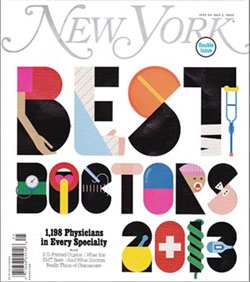Ethnic Rhinoplasty
-
What Makes African American Rhinoplasty Unique
Each ethnic group has different anatomic features that tend to distinguish it from people of other groups. Among African Americans these may include thicker and darker skin, as well as variations in facial structure. These differences may manifest in the eyes, forehead, and particularly around the nose, especially a wide nostril bridge.
Read More -
What Makes Asian Rhinoplasty Unique
Asian rhinoplasty differs from Caucasian rhinoplasty and other forms of nose surgery in several respects. Many Asian rhinoplasty patients complain of flat nasal bridges that lack definition, as well as wide nostrils. Some patients also complain that the tip of their nose is not defined enough.
Read More -
What Makes Caucasian Rhinoplasty Unique
Rhinoplasty is more popular among Caucasians than any other group. Caucasian patients seeking rhinoplasty typically complained about nasal bumps, misshapen nostrils and undefined or drooping nasal tips.
Read More -
What Makes Indian Rhinoplasty Unique
Indian rhinoplasty is a complex, varied procedure that may be used to treat an array of issues. The most common characteristics of an Indian nose include a poorly defined nasal tip, wide nasal profile and thick nasal skin. Skin thickness tends to vary between Indians of southern and northern Indian heritage.
Read More -
What Makes Latino & Hispanic Rhinoplasty Unique
There is enormous variance in Latino/Hispanic nose characteristics due to the fact that Latinos often have a combination of indigenous American, Spanish, Portuguese, African and other ethnic heritage. That being said, the typical Hispanic nose is often wider than the average Caucasian nose and narrower than the typical African nose, with relatively thick skin, a bulbous tip and wider nostrils.
Read More -
What Makes Middle Eastern & Mediterranean Rhinoplasty Unique
One of the features that differentiates Mediterranean/Middle Eastern noses from certain other ethnicities’ noses is a protruding nasal bridge, which is particularly apparent from the profile view. Mediterranean/Middle Eastern patients also tend to have thick nasal skin, which not only can make the nose look bigger, but also presents rhinoplasty surgeons with unique surgical challenges.
Read More








